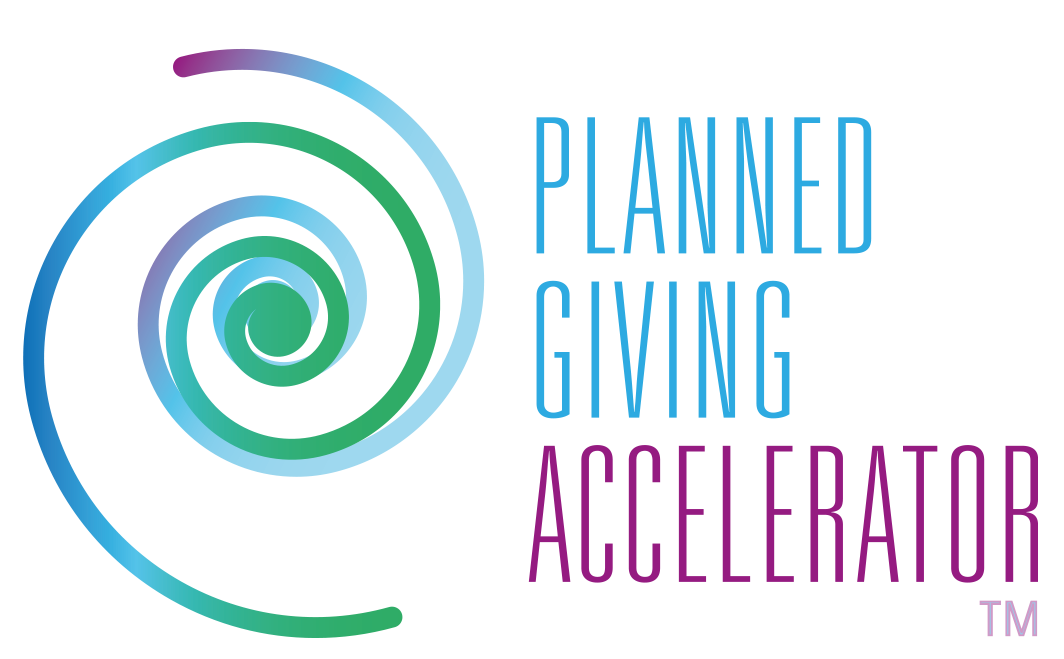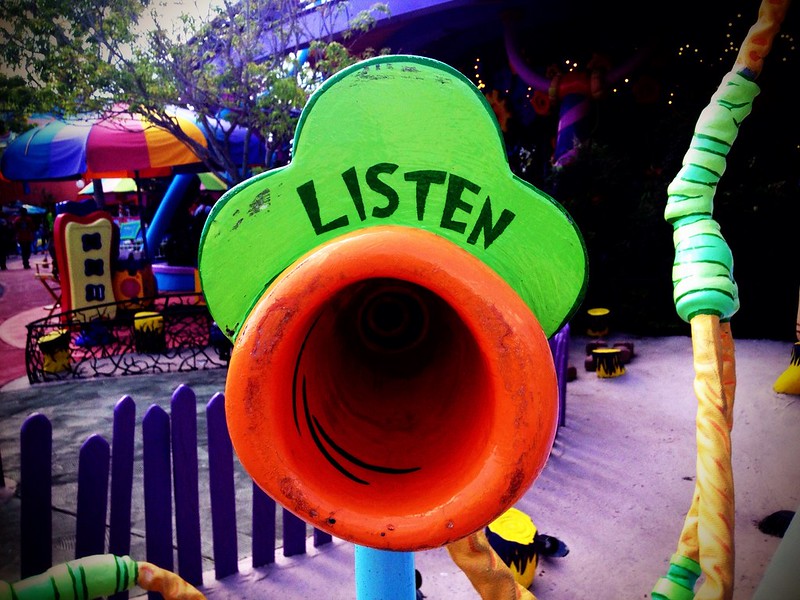Smart fundraisers understand the importance of timing.
They know there are times when it’s appropriate to ask for support, and times when it’s important to just listen and offer help.
For fundraisers who oversee Planned Giving programs, now is a time to listen.
As we navigate the anxiety and fear associated with the coronavirus, your Planned Giving donors are just like everyone else. They are concerned about the health and well-being of their families and neighbors. They are worried about their finances and investments. They are uncertain about what the coming days, weeks and months will bring.
And since you are not looking for immediate support for your nonprofit through Planned Giving, it’s important to be judicious about how your market gifts by wills to your donors.
But that doesn’t mean we should ignore Planned Giving. We just need to be smart about how we communicate.
Here’s how:
1. Scrap Previously-Scheduled Messaging
Many nonprofits map out their planned giving communications months in advance. That’s wise during normal times. But now is not a normal time. Messages that were drafted months ago are going to seem ill-timed and out of touch if they aren’t revised or scrapped altogether.
If you haven’t already, cancel any non-coronavirus messaging you have on the books through at least the end of June (and possibly longer). This includes direct mail, email and social media messaging.
You can save them for later. But for now, they will do more harm than good.
2. Create a Message of Support
While you should avoid your regular messaging to planned giving donors and prospects, don’t go dark either.
Consider sending a short message that lets them know you’re thinking about them, concerned and available to answer questions or provide support.
Ideally, you want this message to be both heartfelt and personal. It can be as simple as a short, handwritten note on your organization’s note paper or a postcard.
Start with those who are part of your recognition society, followed by prospects who have expressed an interest in your planned giving information previously.
3. Be Ready to Provide Help
Some of your planned giving donors might respond to your message of support with questions about how they can help support your organization or community right away, or how they can get help themselves. If you’re not ready to offer support, your gesture will seem empty.
Make sure you can direct them to the right people in your organization who can help them. If your organization isn’t working on coronavirus-related activities, find nonprofit partners who are addressing urgent needs and accepting referrals.
If you can support them during a time of need — or help them support their community — you will build trust, which is critical in any long-term relationship.
4. Make Plans to Go Virtual
If you’re planning a recognition event for your planned giving donors — or information sessions for prospective donors — it’s time to start making backup plans (if you haven’t already). Even if your event isn’t happening until October or November, it’s likely that many of your donors will want to avoid public gatherings.
Find other ways to recognize them this year — whether it’s through a virtual event or through a special publication or online campaign that highlights their contributions to your organization.
Ultimately, you want to reinforce the message that your nonprofit deserves their trust. Your planned giving donors are making their ultimate gift to your organization; show them you are worthy of that gift.


